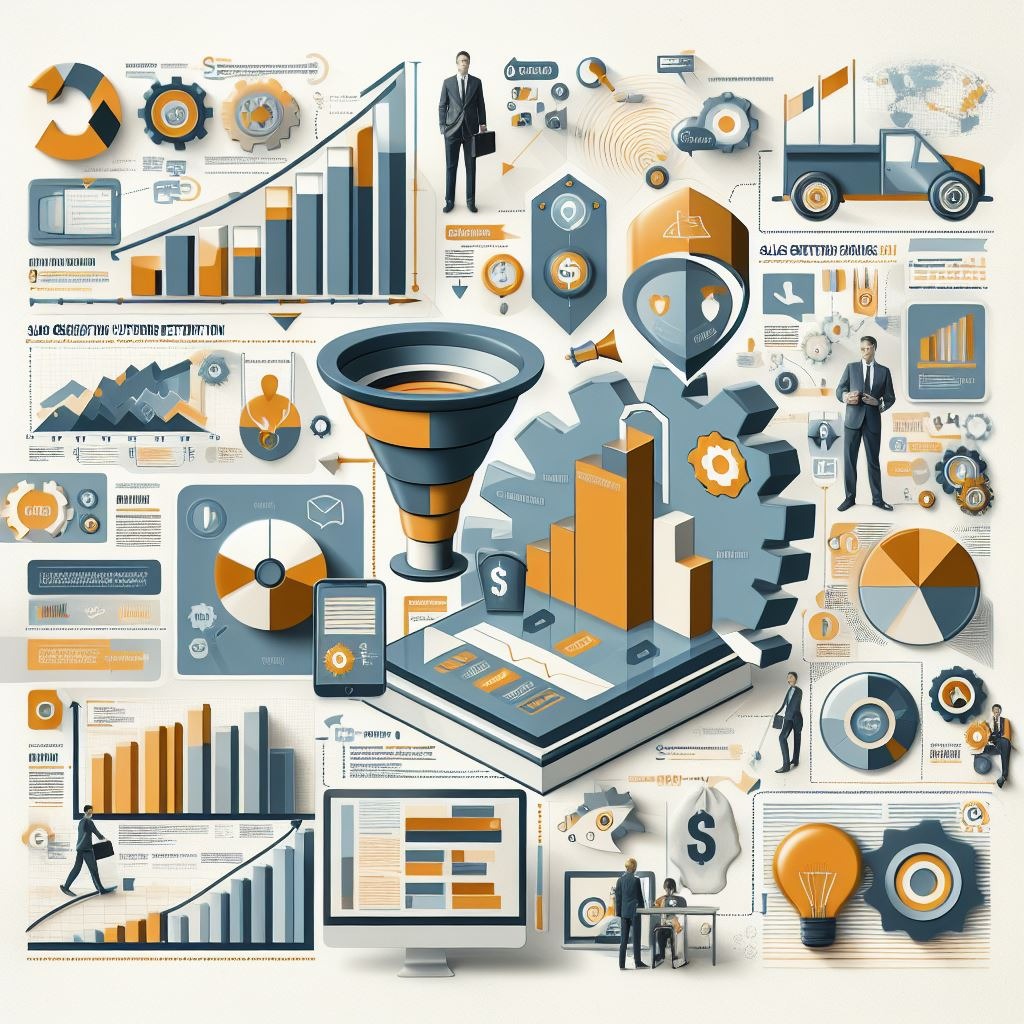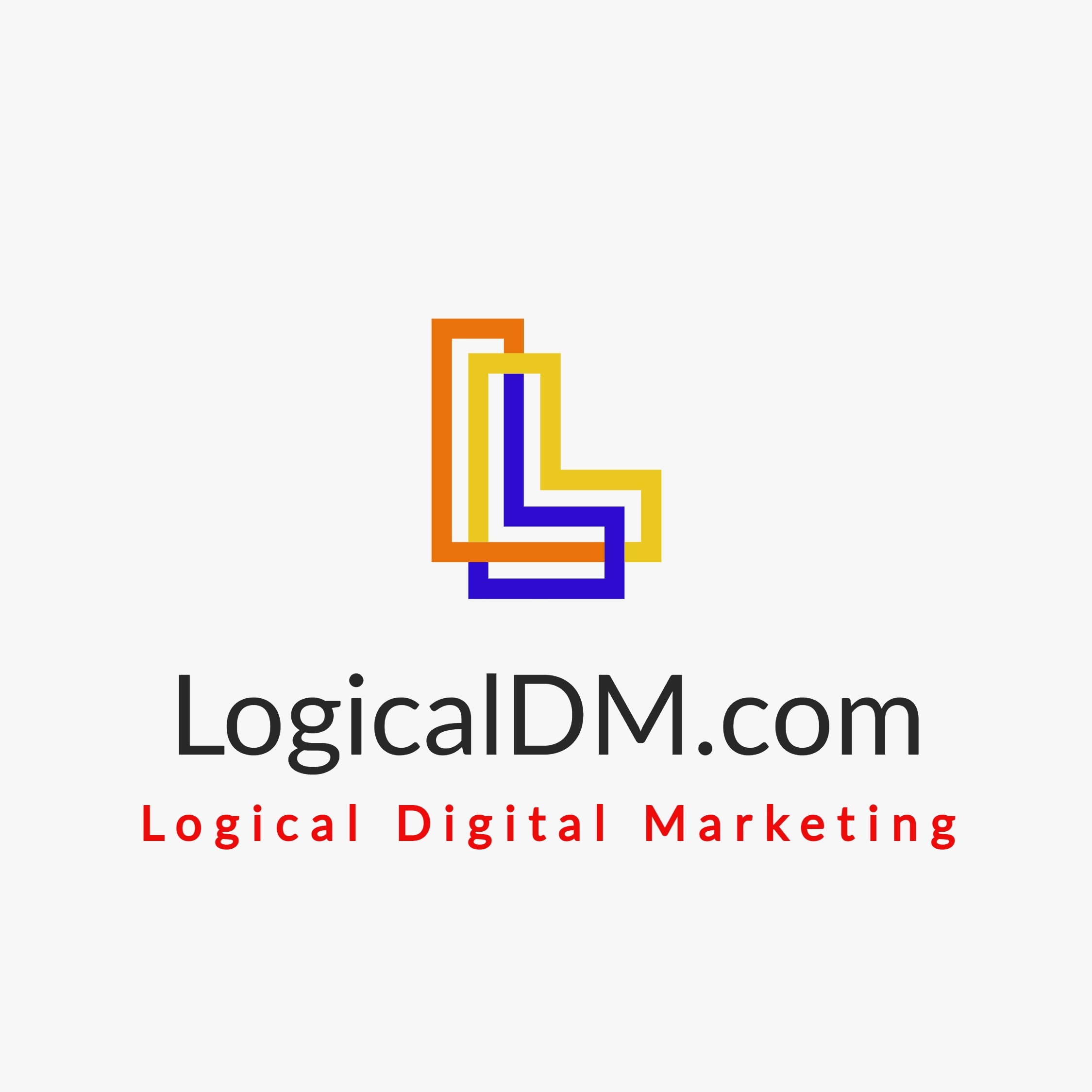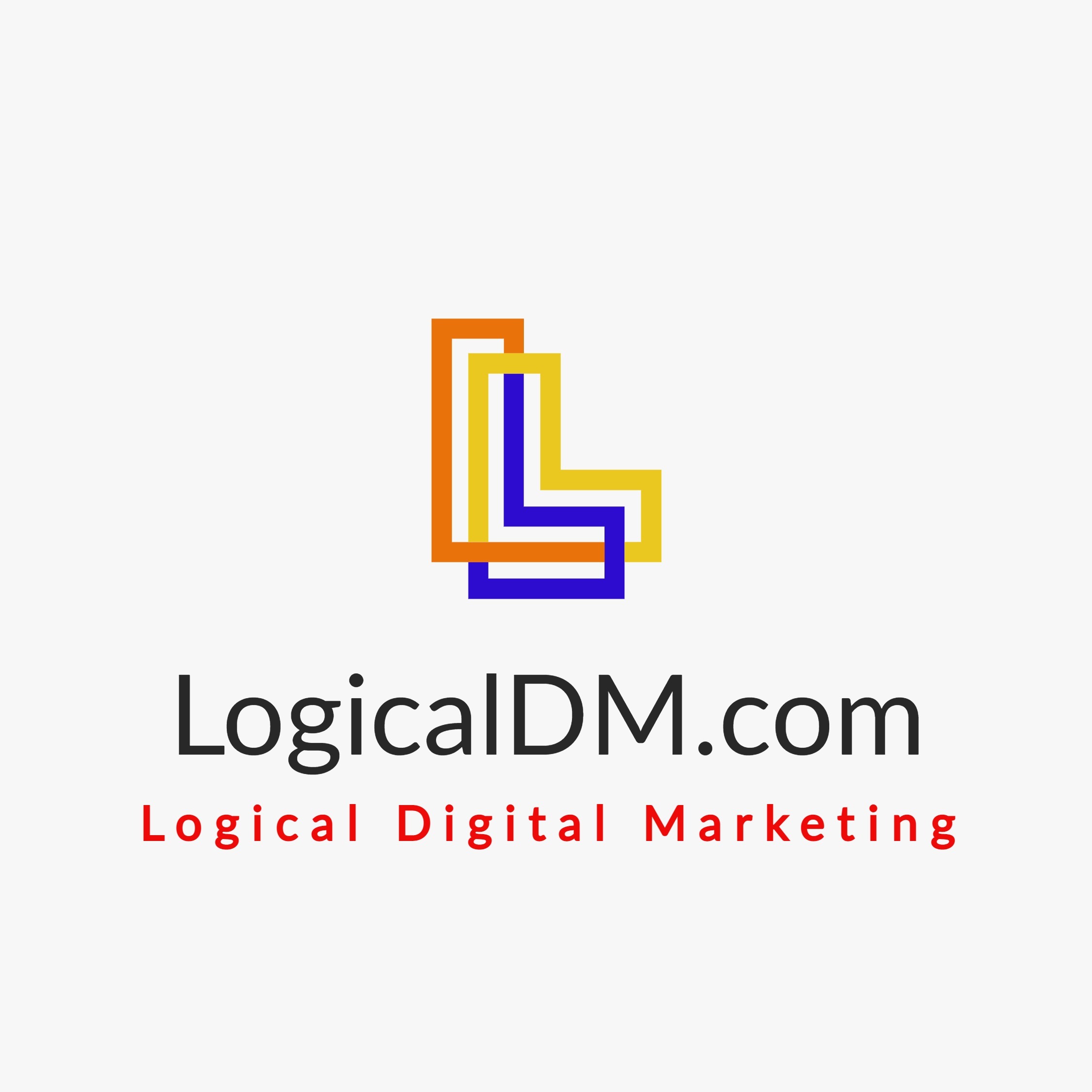
Think of a sales funnel as your trusty GPS for guiding potential customers on their journey to becoming loyal, high-paying fans. It's your secret weapon for turning casual browsers into die-hard buyers, step by step.
Picture this: The funnel has four snazzy stages - Awareness, Interest, Decision, and Action. Each stage is like a perfectly timed pit stop, where you dish out the exact info your prospects need, right when they need it. By syncing your marketing and sales efforts at every stage, you're not just selling; you're orchestrating a smooth, seamless ride that leads straight to conversion town.
Stage 1: Awareness
Marketing relies heavily on awareness as a key step. It's what propels potential customers forward through the sales funnel and into consideration or decision-making.
Awareness is a crucial element of any sales funnel, yet it can be challenging to master. It requires a customer-first mindset and an intense focus on building trust.
To effectively build awareness, you'll need to produce content that's both useful and pertinent. Your work should answer questions, address pain points, and position your brand as an authority within its industry.

Content that promotes awareness is informative and instructive blog posts that explain the features, benefits, and advantages of your product or service. These articles can be an effective way to draw in new prospects and keep them engaged.
Another effective form of content to increase awareness is infographics, which are easily understood and shared. Plus, they're SEO-friendly which will boost your ranking on search engines and increase the number of people who view it.
A successful awareness campaign can include both organic and paid methods of promotion. It could include social media posts, email newsletters, or ads that appear on Google search results.
Utilizing a CRM platform can be advantageous at this stage of the funnel. This lets you capture key details about your audience, such as their recurring problems and questions, purchasing habits, and decision-making processes.
With this information, you can plan your content and messaging appropriately and tailor visual marketing messages to your target market's individual needs. Furthermore, it may help identify influencers who could potentially share your content on their networks.
It's essential to note that not every company will utilize a sales funnel with six stages, but the basic structure can be beneficial when creating one.
The sales funnel is an invaluable model for comprehending customer behavior and helping you identify areas for improvement. Furthermore, it can aid in increasing conversion rates within your business by offering a framework to analyze each step in the purchasing process.
Stage 2: Interest
Interest is the stage when your prospect has a good grasp on what you offer. They may have compared your offerings to those of competitors and are now ready to take the next step toward becoming a customer.
Engaging a lead during this stage is best achieved by offering helpful content that showcases your expertise and helps them solve their problem. This type of material should be an engaging blend of informational, educational and entertaining; delivered through channels like blogs, email, social media and more.

Create content that resonates with your ideal customer avatars, and use analytics tools to determine which pieces get the most clicks and engagement.
Another way to engage your prospects during the interest stage is by using a CRM system to recognize their preferences and interests. This will enable you to personalize your content, increasing the likelihood that they convert into customers.
Additionally, you can run a series of surveys to gain an understanding of what your prospects really desire. Utilize this data in your sales funnel so that you can improve marketing campaigns and make more tailored offers that move them further down the sales funnel.
Your content should also demonstrate the advantages of your offering and how it will enhance their lives. This can be accomplished through case studies, testimonials and more.
Maintaining audience engagement in this stage can be a challenge, but the results are worth the effort. An engaging and informative content strategy will not only benefit your bottom line, but it will also aid in the long run by helping your business develop.
To determine if your company is on the right path, track data such as traffic, clickthrough rates and web page dwell time to identify where leads are in the sales funnel. Then focus on conversion rates and ROI to measure performance at decision and action stages.
Stage 3: Decision
The decision stage of your sales funnel involves evaluating offers and selecting which product to buy. It's at this point that prospects make their decision about moving from interest to action, so it's essential that you comprehend all factors so you can plan accordingly.
The initial step in understanding your target customers is gathering as much information as possible. This includes their age, gender, income level, location, hobbies and interests as well as education level and career aspirations. By gathering this data you can better identify their needs and pain points.
Next, create buyer personas for each group of potential customers you're targeting. Doing this will enable you to customize your marketing efforts and guarantee that you address their specific concerns.
Customer interviews, focus groups, surveys, one-on-one conversations and social media profiles can all be used to define your buyers. By understanding who your ideal customers are, you can craft personalized content that makes them feel like a real person.

Once your prospects understand your offerings, it's time to educate them on how they can benefit. This includes outlining how you differ from competitors, the value you provide, and what benefits they can expect when using your product or service.
You can achieve this by sharing relevant industry content, featuring product reviews and testimonials from previous customers, and providing detailed pricing and packaging options. Doing so will make you stand out from the competition and encourage your prospect to take the next step in the sales process.
Once your prospective customer makes a purchasing decision, they are considered a qualified lead or paying client. At this stage, your sales team can begin work on converting them into customers and keeping them as lifetime clients.
At this stage, it's wise to continue communicating with your leads in order to foster trust and loyalty. Utilizing email nurturing series, engaging regularly, and providing them with excellent service will increase the chances of converting them into customers.
Stage 4: Action
A sales funnel is the map that leads your prospects from their initial contact with you to when they make a purchase from you. It provides an organized method for tracking the buying process and optimizing marketing for increased conversions and revenue.
No matter your industry, having a well-crafted sales funnel will help attract more prospects and boost their engagement with your company. Furthermore, it allows for the identification of any gaps in the customer journey so that you can craft more tailored messaging and marketing tactics that convert leads into paying customers.
When creating your funnel, begin by brainstorming which stages of the buyer's journey your target audience may go through. Then, construct buyer personas based on existing data and research new sources to determine what information they need at each stage to effectively navigate it.

Once you understand the steps your target audience will take to complete their purchase, create content that motivates them. Address their queries, worries and frustrations in an informative yet captivating manner for maximum impact.
You should use content that offers your prospect a solution to their problem, provides them with an opportunity to evaluate your product and service, and conveys that your company is an expert in its field. This could include blog posts, white papers, ebooks or other materials which offer value without appearing too pushy or aggressive.
Converting a lead into a customer is an essential step in the conversion process, as it sets the tone for how they will interact with your company. Make sure you contact them at the right time and offer them attractive deals to encourage them to become customers.
Here, you should make your best offer and provide them with free shipping, a discount code or another incentive to convert. This can be done through websites, email campaigns or phone calls. It is essential that you build trust and rapport with your target audience at this stage so they will keep coming back for more of what you have to offer.
Final Thoughts
A well-planned and effectively managed sales funnel is an indispensable tool for any business aiming to outperform its competition. This strategy allows a systematic progression of potential customers from the awareness stage right through to conversion, helping businesses optimize their sales process.
By focusing on customer needs at each stage and tailoring your approach accordingly, you can build strong relationships and increase customer retention. Don't let your competitors steal the limelight; start implementing a successful sales funnel today. Take the leap now to gain that competitive edge and see your business thrive like never before.
We hope you found this article to be helpful.
Frequently Asked Questions
What is an automated sales funnel?
An automated sales funnel is a series of pre-programmed marketing actions that guide potential customers through the buying process without manual intervention. It uses tools like email sequences, chatbots, and scheduled content to nurture leads and convert them into customers.
What is a digital sales funnel?
A digital sales funnel is the online journey customers take from first discovering your product to making a purchase. This includes touchpoints like social media, websites, landing pages, and email marketing – all designed to move prospects toward a sale.
Is a sales funnel a CRM?
No. A sales funnel tracks the customer journey through the buying process, while a CRM (Customer Relationship Management) system stores and manages customer data and interactions. While they work together, a CRM is a tool that can help manage your sales funnel rather than being the funnel itself.
You may also like these articles:

 Add Row
Add Row  Add
Add 



